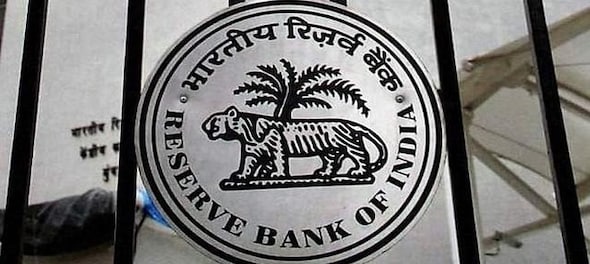
The Reserve Bank of India's Monetary Policy Committee (MPC) followed up its unexpected off-cycle repo rate hike of 40 basis points (bps) in May with a larger increase of 50 bps in the scheduled June monetary policy review.
The MPC had decided to remain focused on withdrawing accommodation to ensure that inflation remains within the target while supporting growth. The words ‘to remain accommodative’ have been dropped from the stance that was published in May 2022. It had increased its CPI inflation forecast for FY23 to 6.7 percent with risks broadly balanced from the 5.7 percent projected in April 2022 while retaining the FY23 GDP growth forecast at 7.2 percent.
After the particularly unpalatable print of 7.8 percent in April 2022, the CPI inflation eased to 7.0 percent each in May-June 2022 while remaining considerably higher than the tolerance band of 2.0-6.0 percent. With this, the quarter's average inflation ended at a high 7.3 percent, albeit lower than the MPC’s forecast of 7.5 percent.
Moreover, several commodity prices have corrected as fears of a global recession have intensified. This may prompt the MPC to pare its projection for the FY23 CPI inflation to 6.5 percent from 6.7 percent. Nevertheless, the CPI inflation readings are expected to remain elevated, between 6-7 percent in all months up to October 2022, before dipping to 5.5-6 percent in many of the balance months of this fiscal.
The progress of the monsoon and services inflation remains the key monitorable in the near term. Following the uneven rainfall and lag in Kharif sowing so far, the extent and regional and temporal distribution of precipitation during August-September 2022 will be critical for ensuring timely completion of sowing and favourable yields of the sown crops.
Rainfall that is too low or too high, as well as delayed in its withdrawal, may damage the standing crop, thereby squeezing yields and posing upside risks to prices. Besides, the rebound in services demand is likely to create upward pressure on the prices for this sector.
The MPC had retained its growth forecast for real GDP for FY23 at 7.2 percent, in line with our projection. The aforesaid unevenness in the monsoon rainfall and the unnervingly large lag in rice sowing, which dominates Kharif output, are likely to adversely impact agri GVA growth.
However, the strong demand for services, as seen in high-frequency indicators such as domestic airline passenger traffic and hotel occupancy levels, the recent moderation in commodity prices and the ensuing favourable impact on business margins, augurs well for non-agri growth.
We believe that the MPC will keep its growth forecast for FY2023 unchanged in the August 2022 policy review amidst some revisions in the quarterly forecasts.
India’s inflation readings are expected to have peaked, and the outlook has turned slightly favourable compared to the situation prevailing at the time of the last policy meeting in June 2022. Consequently, we expect the MPC to reduce the size of the rate hike to 35-40 bps, from the 50 bps seen in June 2022. After that, we expect another 20-25 bps hike in the September 2022 policy review, taking the policy repo rate to 5.5 percent; this is likely to be followed by an extended pause to assess the underlying growth momentum. Accordingly, we see repo rate hikes of 150 bps between May-September 2022.
This matches the size of the rate hikes already undertaken by the US Fed in June-July 2022, with additional tightening in the offing. Nevertheless, we believe that the MPC is more likely to be influenced by domestic developments pertaining to inflation and growth rather than expectations around the size of the Fed’s actions.
With a tempering of the Fed’s language around further rate hikes, US treasury yields have eased, and India’s 10-year G-sec also temporarily dipped to below 7.2 percent. Domestic fiscal concerns are limited at this stage. As long as crude oil remains in a range of $100-120/barrel for the Indian basket, we expect the 10-year G-sec yield to range between 7.2-7.7 percent in the rest of CY2022.
Check out our in-depth Market Coverage, Business News & get real-time Stock Market Updates on CNBC-TV18. Also, Watch our channels CNBC-TV18, CNBC Awaaz and CNBC Bajar Live on-the-go!


Andhra Pradesh Lok Sabha elections: A look at YSRCP candidates
Apr 25, 2024 6:54 PM
Lok Sabha elections 2024: Banks and schools to remain closed in these cities for phase 2 voting
Apr 25, 2024 5:33 PM
Andhra Pradesh Lok Sabha elections: Seats, schedule, NDA candidates and more
Apr 25, 2024 5:16 PM

